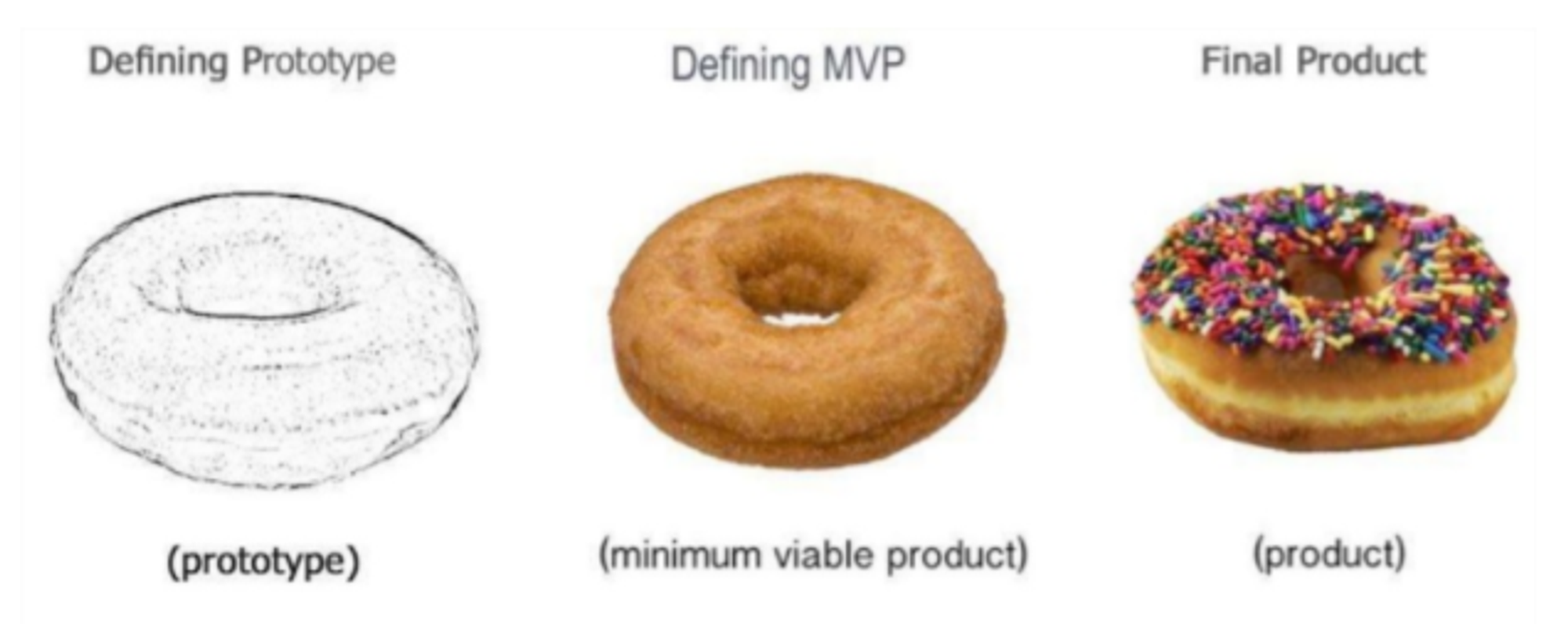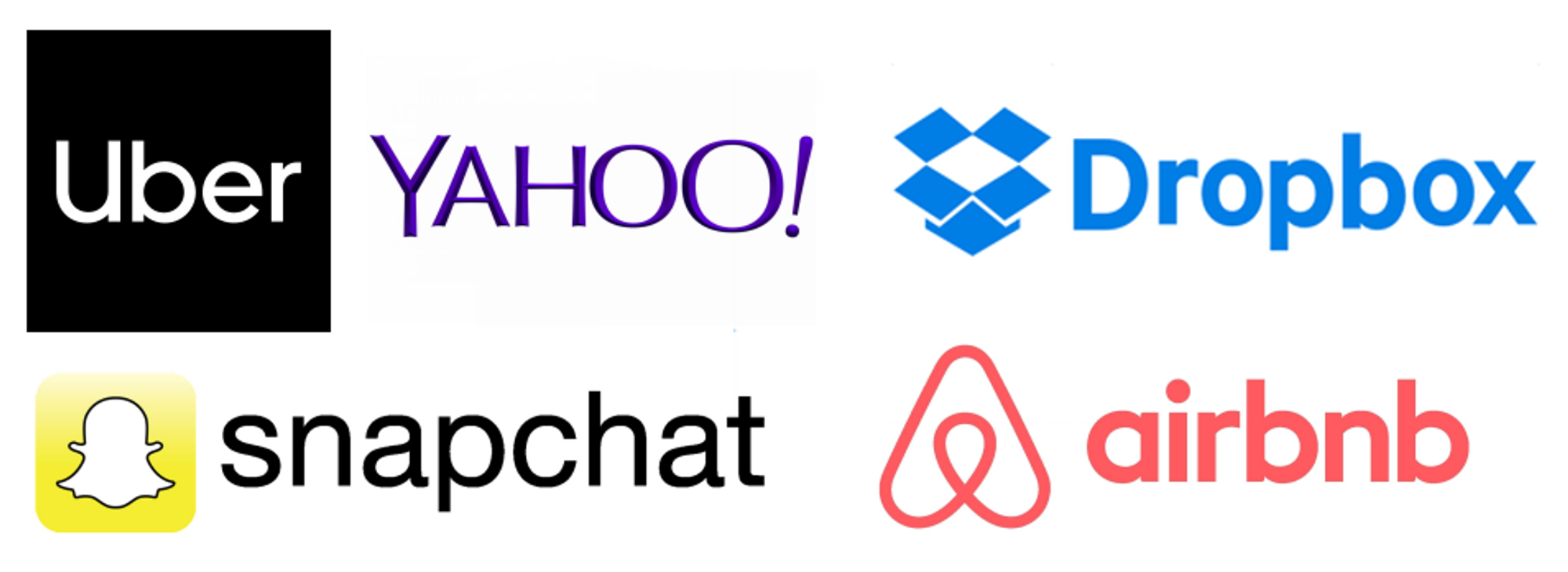Starting the development of a new product is a complex challenge, especially for startups, since the premise that many companies achieve overnight success is far from reality.
Launching a new product is quite a process, considering some of them do not take off. Most of the failures in startups happen when there is an inadequate research on the needs and limits of the market, when there is no adequate cash flow, or when the products invested in are not user friendly.
For a startup to promote a new product successfully, the fashionable concept of an MVP should be considered, a broad term with a subjective but key interpretation.
What is an MVP?
MVP stands for Minimum Viable Product (MVP), a term first used by Frank Robinson in 2001 and which refers to a basic product or service of sufficient quality to attract first-time users. It is the initial version of a product that has enough features and value to appeal to its target users in order to validate the design idea, even though its functionality will be limited.

An MVP has the essential elements of the product, in this way, the company can test and optimize its idea to fit the needs of the market based on feedback from its first users.

Source: MVP
Importance and main objectives of an MPV
The advantages gained with the creation of an MPV have a high impact on the organization, its business strategies, and consequently, on the success it reaches in the market.
The main objectives of an MPV are:
- Validate the business idea from the beginning and help you adjust your strategy in response to the feedback you receive.
- High ROI (return on investment) with low risk.
- To get the advantage of the maximum value with minimum risk and minimum time.
- Test a hypothesis of product success using minimal resources.
- Bring the project to a viable state quickly to meet clients as soon as possible and identify their needs.
- Get feedback on product features much faster.
- Find the first users and gain a potential customer base.
This will allow to define marketing campaigns more easily to attract more people, and to validate the assumptions of the product.
- Create a basis for analyzing market behavior in order to decide in which direction to aim for further business development.
- Attract investors in advance and open opportunities for crowdfunding.
Examples of the most successful MVP
Most of the well-known startups in the U.S. and Europe started with a simple version of MVP, which allowed them to test the market, build a customer base, demonstrate their idea to investors and then start adding additional features to the product. Among the most successful MVPs we have:

How to create an MVP?
The most important thing is to be clear about what an MVP implies and what we are looking for with its implementation. Creating an MVP is taking a step towards adjusting a product/service, understanding that this step is a complete construction, measurement and learning cycle. This means that we need at least:
- Customers
- Value Proposition
Once we have identified how developing an MVP can benefit your business, it is time to know the minimum requirements to create a successful MVP:
Research the market
This is the step that all startups looking for new product/service ideas should start with. Many companies skip this step because it can be a waste of time because they do not have a specific market segment defined, a key detail for this process.
Keep in mind that you can NOT cover all markets, it is not optimal, especially if you are starting out and considering that we are preparing a basic new product idea.
Focusing on a specific market makes the development of the MVP effective because you have a clear idea of what your potential users are, their needs, and you will know where and how to market your product.
Analyzing the competition
Analyzing the potential market implies that you can get answers to the following questions:
- Who can be my clients?
- Who are my rivals?
If there is already a product similar to the one we want to propose on the market, it is important to do a competitor analysis.
Define the product proposal
This step involves defining a value proposition and its ability to attract the attention of consumers. The MVP must be useful, attractive and workable.
Defining the basic functions of the MVP
Before developing your product idea, don't forget that the MVP was thought to be cheap, practical and built in the shortest possible time. Therefore, your work should focus on delivering a product that has only its most basic characteristics.
List all the fundamental characteristics that your product will have, and then you should prioritize them to advance to the next step.
Establish deadlines
As we saw in the objectives of an MVP, it must have a minimum development time so that it can be taken to its potential users as soon as possible.
Our recommendation is that you establish deadlines, calendars, clearly defined and possible to meet for the planning, development and launch of your MVP.
Establish a budget
Something interesting to consider is that since the MVP is not a final version of the product, the cost of its development is exponentially lower, without neglecting that it must meet a minimum of expectations so that it can capture the customer care.
We recommend you make an analysis of all the investments that will be necessary for the creation of the MVP. Consider that you may have items such as materials, labor, distribution, among others, so be careful in this part of the process.. And finally, make a projection of how many products you will need to sell to recover the value invested.
Hire developers
Building an MVP requires experience. We should develop the MPV with speed and precision, so it is advisable to have a talented team of developers who have experience in technology that in the end will save time and money.
Create a customer service channel
When developing an MPV, it is essential to get feedback from potential users to complete its purpose.
One of the best strategies we can recommend is to implement a specific channel to contact the customer.
Building and testing
Once product development is done, it must be thoroughly tested. The first stage of testing is the most critical and is performed by the QA engineers, who will ensure that the product is ready for alpha or beta testing.
Analyze the obtained data
After launching the MVP, the data obtained must be carefully and systematically analyzed.
For this analysis, consider that users are the only people who can define which features your product lacks and which ones they were pleased with. With this feedback, you can make improvements to your product and try it again.
Common mistakes when creating an MVP
When we talk about the failure of a startup's new product, we are talking about several factors that led the business to get this result: size of the startup, budgets or its commercial culture, but all these cases have a common factor: the same errors when developing an MVP.
Here we want to show you what are the most common mistakes made when developing a MPV and how to tell if you are presenting one of them:
- Inadequate product strategy
What will be your next step after completing your MVP? What audience do you want your MVP to reach? What channels do you plan to use? What budget do you think you need to attract the first users?
If you have trouble answering any of these questions, then your product strategy is not the right one.
- Function overload
Many startups make the mistake of wanting to cover the entire market or to use all technologies in the development of their MVP. If we remember that an MVP is a basic product, the premise that "less is more" applies perfectly.
Falling into this error has consequences that cannot go unnoticed:
- Delay in the delivery of the first version of the product.
- Need to rework modules that do not provide value to customers.
- Spending the budget faster than estimated.
But how can I know that I'm making this mistake? Well, analyze if this is your situation:
- Your MVP is taking over 3 months to build.
- There are too many big tasks in the MVP development stage.
- Tasks are not really leading to achieving the goal of the MVP.
- Improper development approach
Jumping straight into the MVP development process without prior knowledge of the correct method to use is another reason behind MVP failure.
It is also common that startups during the conception stage of the MVP idea fall into the error of over-designing their product because they usually seek perfection in the design and give characteristics that provide optimal performance from the beginning to their product, even before being clear about the method they will use.
They forget the concept of MVP, where our product should seek practicality, focusing on its development being agile and preferably cascading.
The advantages of cascade development are several, among them:
- Guarantee a more efficient development because of its potential to deliver the project in a period of time.
- Offer adaptability to changing circumstances.
- High-quality results.
- Development team
Choosing the right development team to build an MVP is crucial. We suggest that you hire developers who are not only talented but also with proven experience in developing MVP applications.
Consider that the team should not have many developers at the beginning of the project, but should grow along with the features and functionalities of our product.
- Ignore user feedback
The importance of an MVP lies in the possibility it provides to get customer feedback. User feedback will help you understand their expectations, and based on them you can improve and refine your MVP.
Final Thoughts
Creating a perfectly balanced MVP is not a straightforward process to master, but one that will undoubtedly bring many benefits to your startup. Having an MVP allows your key users to test the product, give you their observations, and you can find out if your product can potentially be successful before investing in the development of a full product.
Looking at it from another point of view, it gives you the possibility to materialize a valuable idea and launch the product in a short time so that you can gain an audience of users and investors, gradually improve your product until it is perfect.
If we talk about resources, it is another point in favor because you really do not have to invest significantly in its development. It is a win-win, you never lose, you only gain experience, because if the initial idea does not work you can always try a new one.
Don't waste time, if you are going to develop your MVP focus on discovering what your vision is, plan your marketing and sales activities from the beginning and ask yourself as many times as necessary why you are building this MVP.
Each of the tips we have given you, we can guarantee, will increase your MVP's chances of success!

